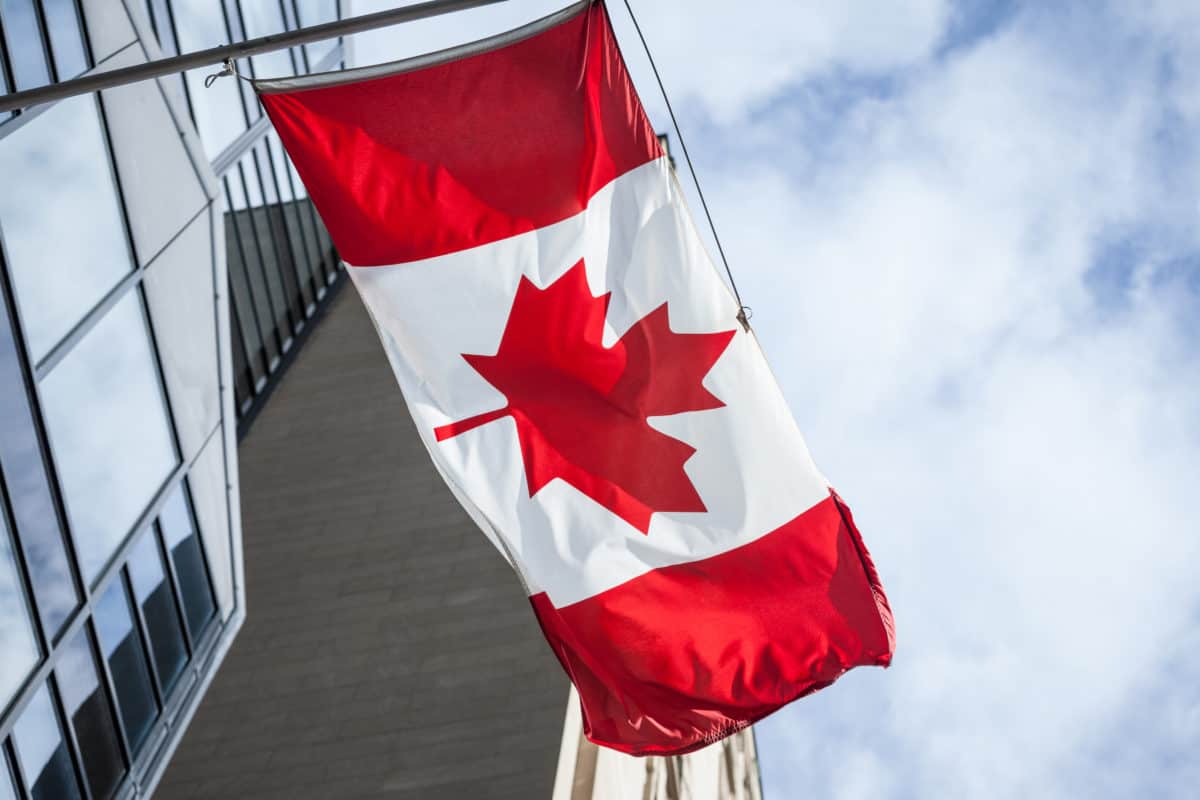The BIA chose to follow Matter of Baires, rather than Jordon and Bagot, and so found Mr. Douglas to be a U.S. citizen and terminated his removal proceedings. Under Brand X, as the BIA explained, an administrative agency such as the BIA can sometimes be entitled to “Chevron deference” pursuant to Chevron U.S.A., Inc. v. Natural Resources Defense Council, Inc., 467 U.S. 837 (1984) regarding its interpretation of a statute, even when there has been a prior court interpretation of the statute going the other way, so long as that court did not find that the statute unambiguously supported its interpretation.
Believing that its interpretation in Baires was a reasonable interpretation of the statute, and that Jordon and Bagot had not interpreted the statute to be unambiguous, the BIA concluded that under Brand X it could and would follow Baires, rather that Jordon and Bagot, even in the Third Circuit.
It appears that this may be the first time that the BIA has explicitly relied on Brand X to rule in favor of the immigrant respondent. The BIA has, to be sure, previously rejected Court of Appeals case law that it thought to be incorrect in favor of a more immigrant-friendly approach.
In Matter of F-P-R-, 24 I&N Dec. 681 (BIA 2008), for example, the BIA declined to follow the Second Circuit’s decision in Joaquin-Porras v. Gonzales, 435 F.3d 172 (2d Cir 2006), and held that the one-year period in which a timely application for asylum may be made runs from the applicant’s literal “last arrival” even when that last arrival followed a relatively brief trip outside the United States pursuant to advance parole granted by immigration authorities (which the Second Circuit had held would not restart the one-year clock).
The proceedings underlying Matter of F-P-R-, however, appear to have taken place in the Ninth Circuit, not the Second, see 24 I&N Dec. at 682 (referring to “the absence of any controlling decisions on the issue from either the United States Court of Appeals for the Ninth Circuit or the Board”), and so the BIA did not have to determine whether it would follow Joaquin-Porras within the Second Circuit. Here, in contrast, the BIA held that it would not follow Jordon and Bagot even within the Circuit that had decided them.
And while there was a footnote in the BIA’s acclaimed decision in Matter of Arrabally and Yerrabelly, 25 I&N Dec. 771 (BIA 2012) (regarding travel on advance parole by one who has accrued unlawful presence) that could be read as pointing in this direction, the BIA in Arrabally made much of the fact that it was addressing an aspect of the law that the petitioner in the Third Circuit’s previous decision in Cheruku v. Att’y Gen., 662 F.3d 198 (3d Cir. 2011) had not challenged, see Matter of Arrabally, 25 I&N Dec. at 775 n.6. It appears that Matter of Douglas may be the first BIA decision to go flatly against a contrary Circuit precedent under Brand X and do so to the benefit of the immigrant respondent.
The possibility of using Brand X as a force for good has been raised before, notably by Gary Endelman and Cyrus D. Mehta in their articles on “The Tyranny of Priority Dates” and “Comprehensive Immigration Reform Through Executive Fiat”, as well as their post on this blog which explained how the BIA’s decision in Matter of Zeleniak, 26 I&N Dec. 158 (BIA 2013), implementing the Supreme Court’s striking down of Section 3 of the Defense of Marriage Act in United States v. Windsor, 133 S. Ct. 2675 (2013), effectively overruled the Ninth Circuit’s earlier decision in Adams v. Howerton, 637 F.3d 1036 (9th Cir. 1982) in regard to recognition of same-sex marriages for immigration purposes.
Like Matter of F-P-R-, however, Matter of Zeleniak had not explicitly relied on Brand X. In this regard, Matter of Douglas is a significant step forward.
Of course, Brand X is not always a force for good. Less than a year ago, for example, the BIA decided in Matter of M-H-, 26 I&N Dec. 46 (BIA 2012), that it would disregard the Third Circuit’s decision in Alaka v. Att’y Gen., 456 F.3d 88 (3d Cir. 2006), and follow its own prior decision in Matter of N-A-M-, 24 I&N Dec. 336 (BIA 2007), so as to consider even some crimes that are not aggravated felonies as “particularly serious crimes” which can bar withholding of removal.
The merits of Matter of M-H- (which this author considers dubious) are beyond the scope of this blog post, but it is only one example of the fact that the BIA can seek to rely on Brand X to strip applicants for relief of protection that a Court of Appeals has given them.
Also within the last year, the BIA invoked Brand X in Matter of Cortes Medina, 26 I&N Dec. 79 (BIA 2013), to find that violation of California Penal Code 314(1), regarding indecent exposure, was categorically a crime involving moral turpitude, despite the contrary decision of the Court of Appeals for the Ninth Circuit in Nunez v. Holder, 594 F.3d 1124 (9th Cir. 2010).
Nor are these the only examples; an exhaustive list of all instances in which Brand X has been invoked by the BIA to the advantage of the Department of Homeland Security and the disadvantage of an immigrant would unnecessarily lengthen this blog post.
Now that the BIA has acknowledged in Matter of Douglas that Brand X is not a one-way ratchet and can also work in favor of immigrants, however, it is important for practitioners to keep Brand X in mind when they are faced with unfavorable Court of Appeals case law interpreting an ambiguous immigration statute. Especially where existing BIA case law in other circuits is more favorable, an unfavorable Court of Appeals decision in a particular circuit need not be the last word.
David A. Isaacson
Concluded







